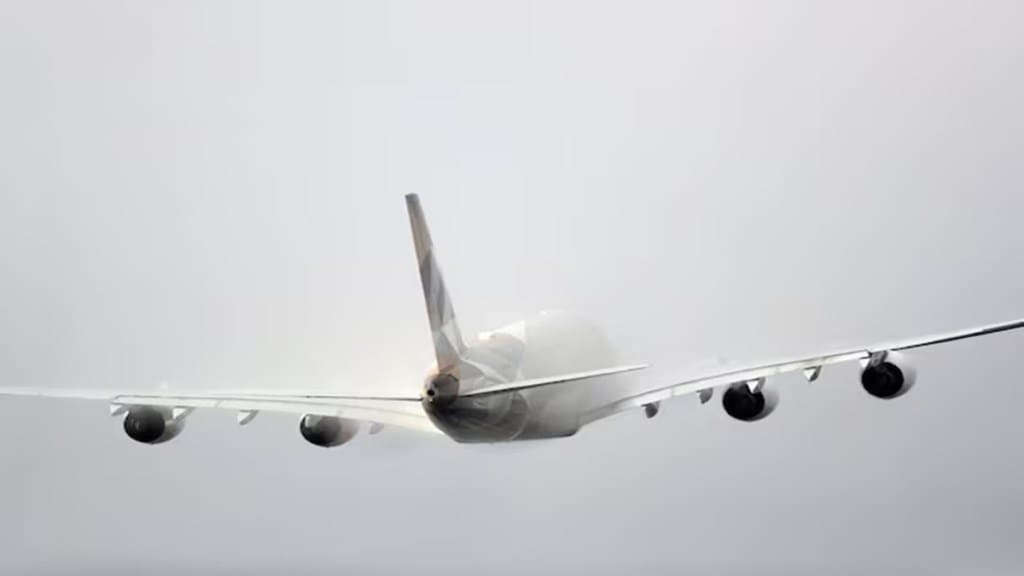Two days after the Aircraft Accident Investigation Bureau (AAIB) preliminary report found that fuel supply was cut off moments before the June 12 fatal crash of Air India Flight AI171 in Ahmedabad, aviation regulator, the Directorate General of Civil Aviation (DGCA), on Monday made inspections of the fuel control switch locking mechanism mandatory across several Boeing aircraft models operated by Indian carriers.
The DGCA order, issued on Monday, has directed all airlines operating Boeing 787 and specified 737 variants to inspect the locking system of fuel control switches by July 21. The move marks a decisive shift from a 2018 US Federal Aviation Administration (FAA) bulletin, which had flagged a similar concern but did not classify it as a safety risk requiring regulatory enforcement.
The FAA’s Special Airworthiness Information Bulletin (SAIB) NM-18-33, released in December 2018, had warned that certain Boeing aircraft might be operating with disengaged locking features on their fuel control switches, which are devices critical for managing fuel flow into the engines. However, since the bulletin was advisory and not an airworthiness directive, many carriers, including Air India, did not act upon it.
That has now changed.
“It has come to the notice of DGCA that several operators, internationally as well as domestic, have initiated inspection on their aircraft fleet as per the SAIB. All airline operators of the affected aircraft are hereby advised to complete the inspection no later than July 21, 2025,” the DGCA said in its order. Airlines are also required to submit inspection plans and final reports to the regulator, under intimation to their respective regional offices.
The directive covers Boeing models such as 787-8, -9, and -10 Dreamliners; several variants of the 737 series; as well as older models like the 747, 757, 767, and McDonnell Douglas MD-11 and MD-90-30.
Among domestic carriers, Air India, Air India Express, Akasa Air, SpiceJet, and to some extent IndiGo operate fleets that fall under the scope of the new inspection mandate.
The AAIB report has found that fuel flow to both engines of Air India flight AI 171, operated with the Boeing 787-8, enroute to London Gatwick, was abruptly cut off within a one-second interval, leading to a total loss of thrust. Cockpit voice recordings revealed confusion between the pilots, with one reportedly asking the other why the fuel switches had been cut, only to receive a denial in response.
Though the AAIB report did not issue any specific safety recommendations, it did highlight that Air India had not conducted the inspection suggested in the FAA’s 2018 SAIB, noting its non-mandatory status at the time. Maintenance records of the aircraft, registered as VT-ANB, indicated no known issues with the fuel control system despite prior replacements of its throttle control module.
In the wake of these revelations, several international carriers, including Etihad Airways and Singapore Airlines, have begun similar inspections of their Dreamliner fleets. South Korea’s aviation regulator has also launched checks, underscoring global concern.
The DGCA has emphasised the urgency of its directive, stating that “strict adherence to the timeline is essential to ensure continued airworthiness and safety of operations”.

